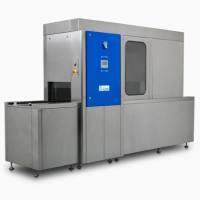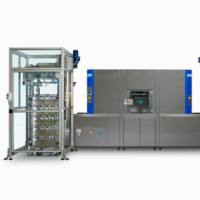Mutation Analysis of Cancer Using Automated Sequencing
互联网
535
There are a variety of methods for the detection and definition of mutations in disease states including cancer. For the detection of unknown mutations, several screening techniques are available including single-strand connformation polymorphism (ssCP) (1 ), protein truncation test (PTT) (2 ), heteroduplex analysis (HDA) (3 ), temperature gradient gel electrophoresis (TGGE) (4 ), denaturing gradient gel electrophoresis (DGGE) (5 ), and more recently, denaturing high-performance liquid chromatography (DHPLC) (6 ). Once detected, mutations are defined by DNA sequencing, and, thus, this is the “gold standard” method for mutation analysis. DNA sequencing, since its development in the late 1970s (7 ,8 ), has become one of the most important and widely used tools in the molecular biology laboratory. Automated DNA sequencing was developed in the late 1980s and has the major advantages of a fluorescencebased detection system using a laser rather than radioactive detection, and automatic base-calling rather than manual base calling from a sequencing gel autoradiograph.









